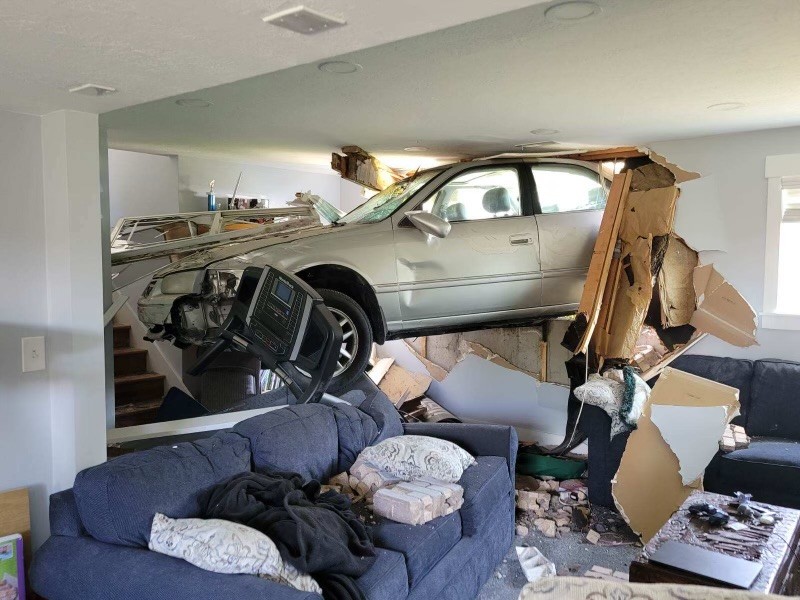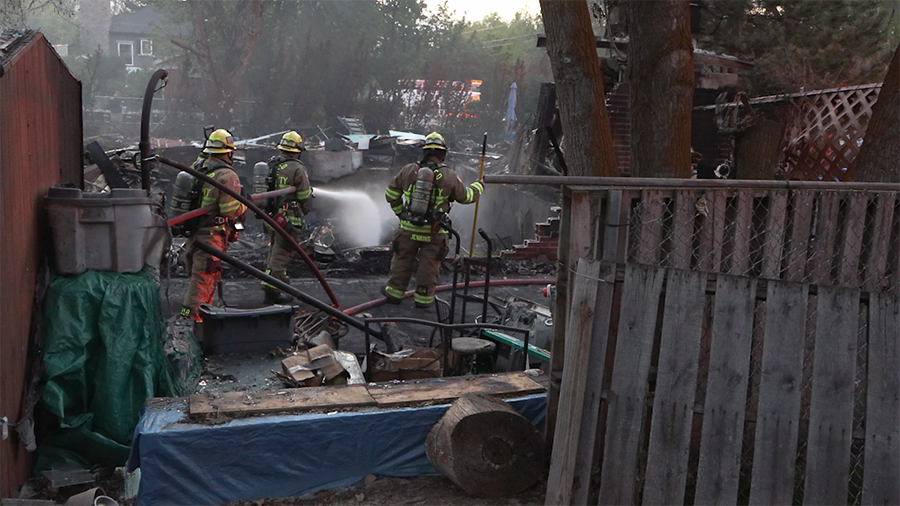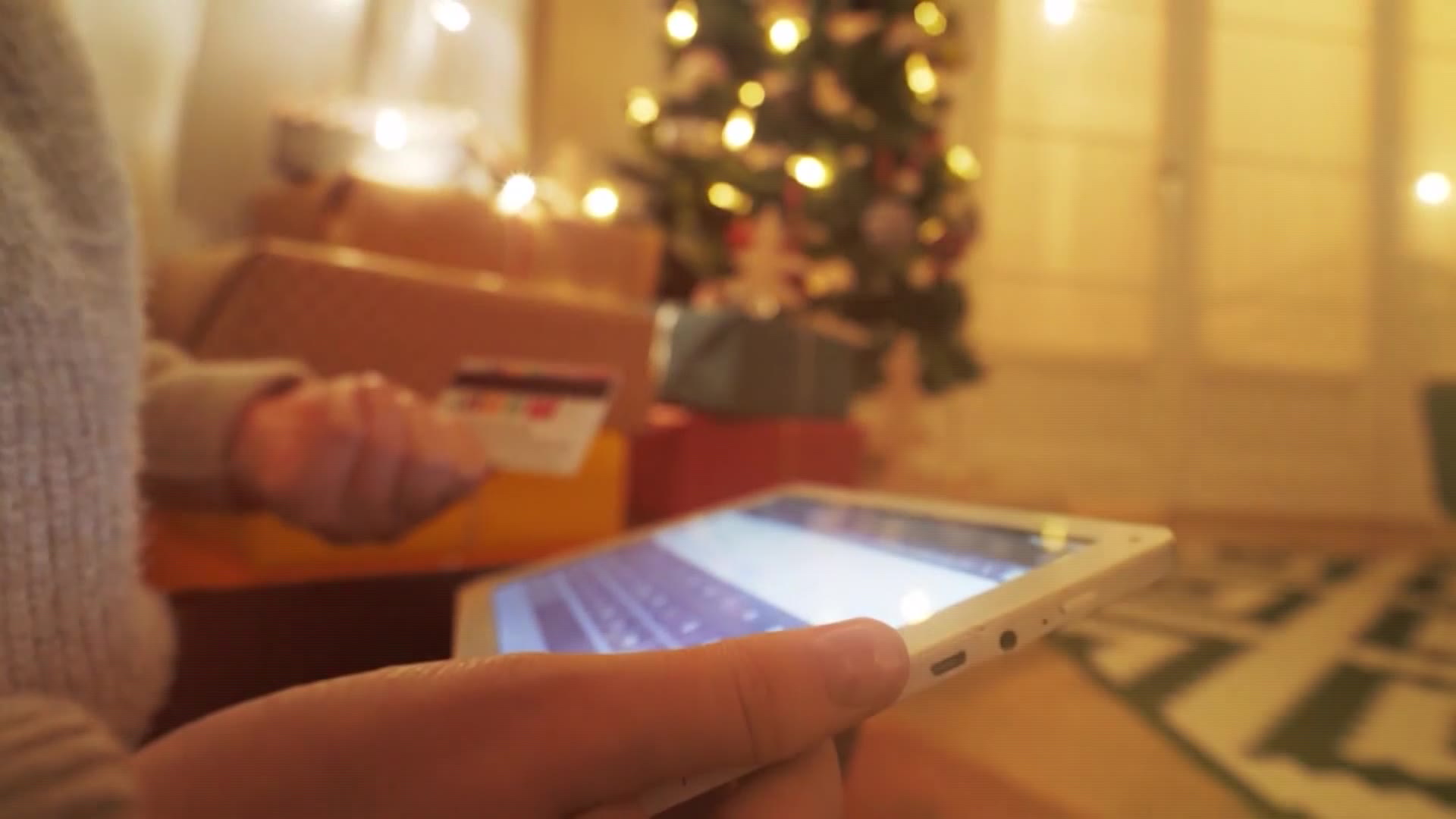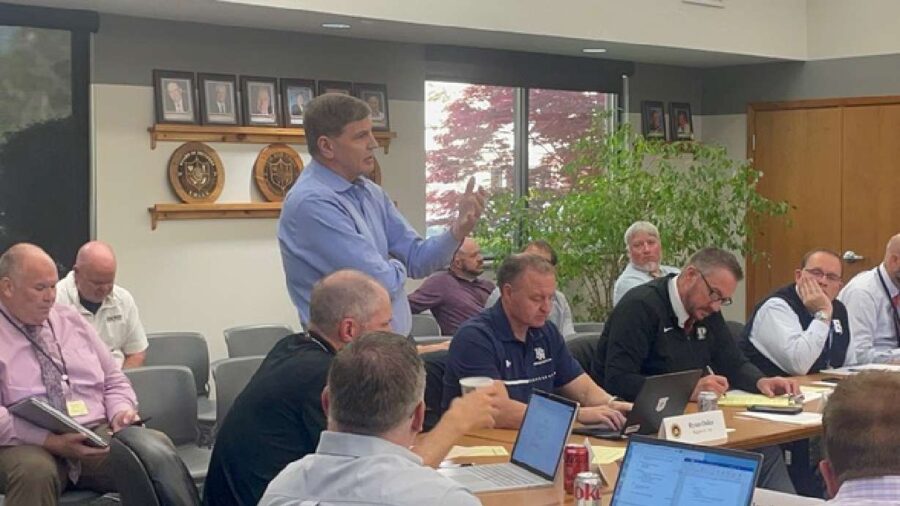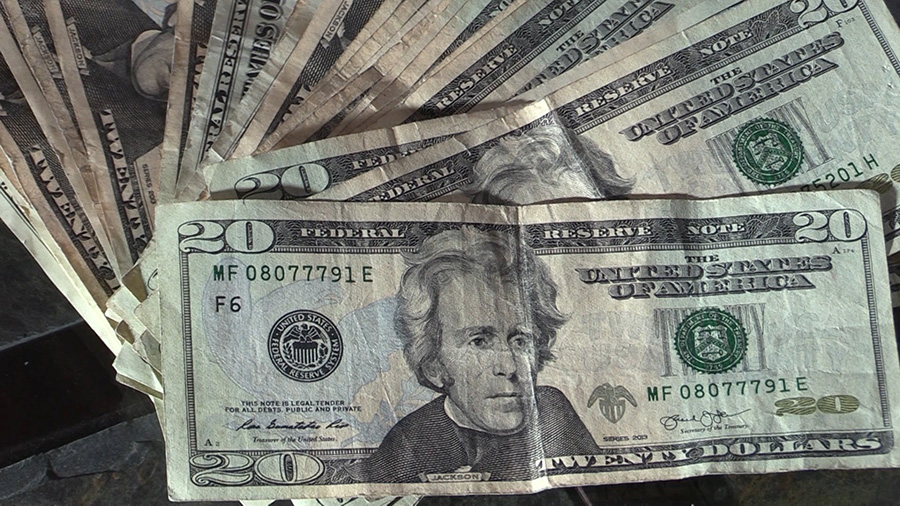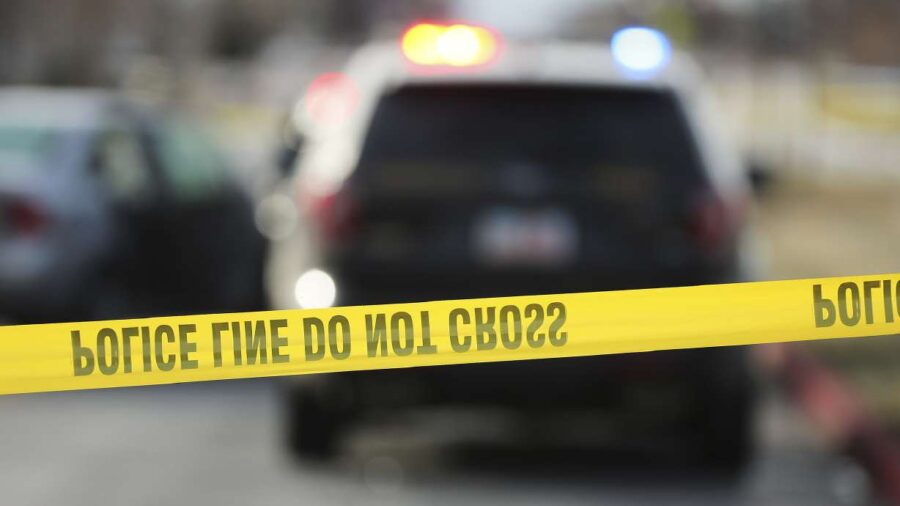Tips to start building an emergency fund
Jan 27, 2023, 8:40 AM
SALT LAKE CITY — Could you cover the cost of an unexpected emergency today? If not — you’re not alone. More than half of Americans say they’d have to go into debt to pay for an unplanned bill of $1,000.
In today’s “Save More, Worry Less,” Tamara Vaifanua has some simple ways to start saving today to be better prepared.
To fill up that emergency fund fast, you can do two things: Spend less or earn more. Here are some easy ideas for doing both.
Bringing in more cash could be key, but it’s not for everybody.
Try a new side hustle
If you have the time — try out one of the side hustles we told you about earlier this week. Things like renting out rooms or even a backyard pool to others.
If that’s too much, you can sell items you no longer want such as furniture, unused home gym equipment or baby gear you no longer need.
Cleaning out your closet can bring in extra cash you can store away.
Brown bag vs. to-go lunches
When it comes to how much you spend, you can cut back by eating in.
A brown bag instead of a to-go bag just two extra times a week could easily save you a quick $100.
Stick to a meal plan and a grocery budget. And when you pay, pay with cash.
It’s easier to spend less when you use real money — but avoid paying ATM fees! Estimate how much cash you’ll need and withdraw it all at once.
Weatherproof your home
Many utility companies offer low-cost assessments that can show you exactly where you might be wasting money through poor insulation, air leaks and more. And some will even pay you that money back if you make recommended changes.
And automate your heating and cooling.
The Department of Energy estimates you can save up to 10% each year by shifting the temperature in your home by seven-to-10 degrees for just eight hours a day.
Cancel subscriptions
Lastly, take a close look at your subscriptions. On average, we underestimate how much we spend each month by $130!
Thanks to auto-pay it’s easy to forget about services you’ve signed up for. Canceling subscriptions you don’t use could save you quite a bit.
According to the Consumer Financial Protection Bureau, having a reserve fund for financial shocks can help you avoid relying on other forms of credit or loans that can turn into debt. If you use a credit card or take out a loan to pay for these expenses, your one-time emergency expense may grow significantly larger than your original bill because of interest and fees.
However, don’t be afraid to use it if you need it. If you spend down what’s in your emergency savings, just work to build it up again. Practicing your savings skills over time will make this easier.
See more ideas here.



